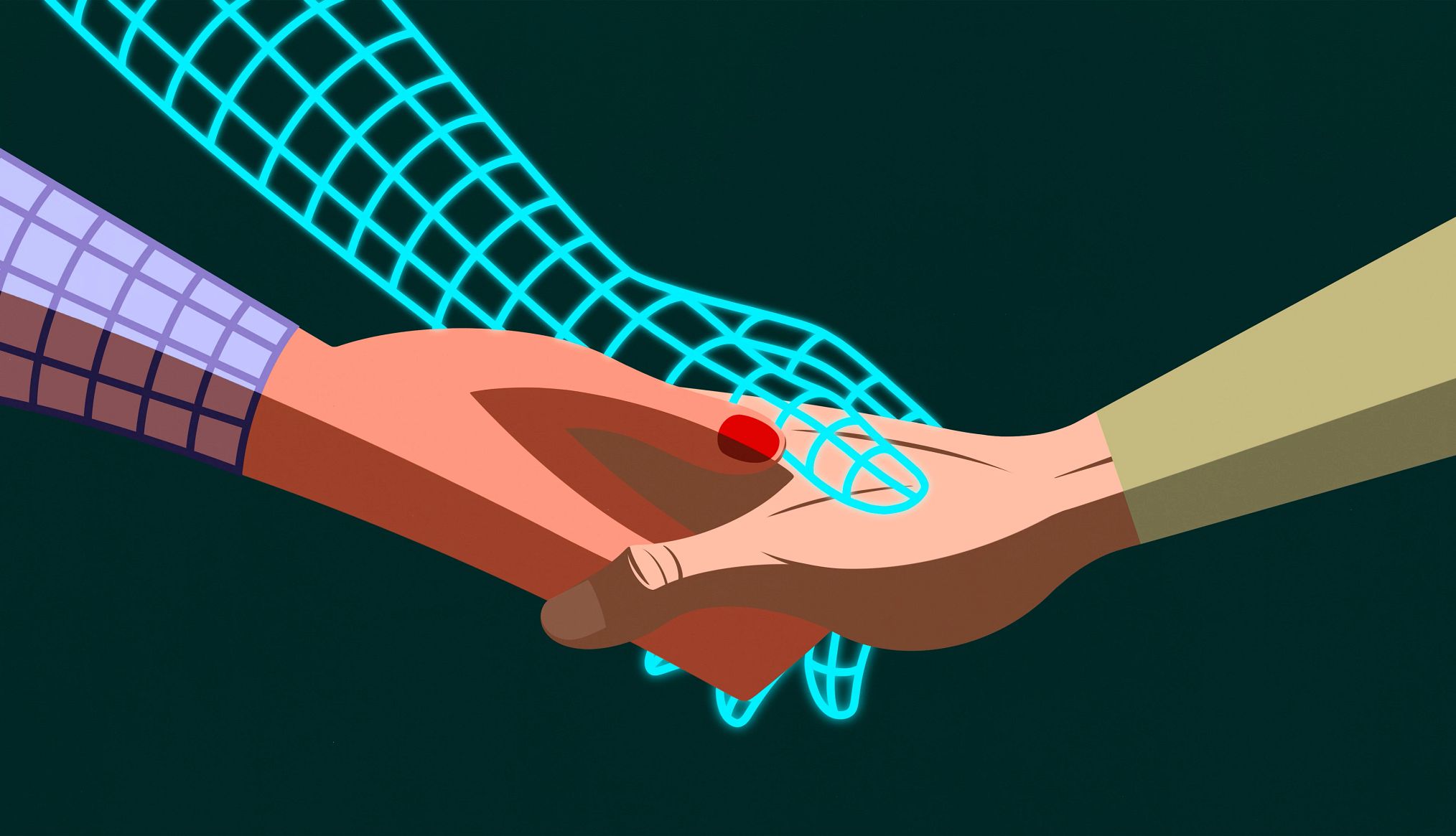AARP Hearing Center


When Jodi Roseman’s 94-year-old mother began showing signs of vascular dementia, the 61-year-old special educator from Jenkintown, Pennsylvania, leaned on an unexpected assistant — artificial intelligence or AI. As a faculty member at Arcadia University, Roseman has found creative ways to use technology not just in the classroom but in her caregiving life.
From using AI to decode medical jargon from echocardiogram reports, researching home safety technologies like smart cameras and adaptive aids, or building visual schedules that guide her mom through daily tasks to keep her independent, Roseman has discovered that AI tools can be practical partners in care. “Every day is a good day to learn something new,” she says, “and AI helps me do that for my students and for my mom.”
Lisa Mitchell, 59, of Brooklyn explains that she uses AI tools like ChatGPT not just for research, but to organize and manage her father’s care more efficiently. One specific way she uses it is to develop detailed schedules and caregiver plans for her 92-year-old dad, who is legally blind and has multiple health issues. She inputs all his needs, such as occupational therapy, physical therapy, medication routines, adult day care appointments and daily care tasks, and asks it to create a structured daily plan that she can easily share with her brother. “The schedule that is created gives me back time and peace of mind, and keeps my dad’s care organized and my family on the same page.”
AI could help ease the burden of caregiving by giving families more time to focus on what matters most — human connection. Caregivers can use chatbots that simplify paperwork and speed up insurance appeals. AI has also been used for a while behind the scenes to analyze data and spot patterns. One example that many iPhone owners already have access to is the walking steadiness score. The phone uses built-in sensors and AI to track movements throughout the day to detect changes in gait, and provide alerts to potential declines before they become serious.
“This is just the tip of the iceberg — from navigation apps that learn your routines to chatbots that offer appointment reminders or medication support, AI is woven into nearly every aspect of the technology we rely on nowadays,” says gerontologist Keren Etkin, author of The AgeTech Revolution, about the intersection of tech and aging. “For caregivers, that means there are already powerful tools at their fingertips that can make daily care tasks easier, safer, and more efficient.”
Other areas where AI will help caregivers include developing daily routines, such as creating checklists, planning meals, organizing notes and information, says Jing Wang, dean and professor at Florida State University’s College of Nursing, which launched the first master’s program in nursing focused on AI. “We have only scratched the surface of what AI can do. The possibilities are enormous, many of which we can’t even imagine yet.”
Join Our Fight for Caregivers
Here’s what you can do to support family caregivers:
- Sign up to become part of AARP’s online advocacy network and urge lawmakers to pass legislation to save caregivers time and money.
- Find out more about how we’re fighting for you every day in Congress and across the country.
- AARP is your fierce defender on the issues that matter to people age 50-plus. Become a member or renew your membership today.
Americans have mixed and often contradictory views about AI’s potential. New AARP research found that the majority of adults over 50 are embracing technology but remain cautious or unsure about the role of AI in their lives.
When it comes to AI familiarity, the research revealed that most older adults have some general knowledge about AI, with familiarity over text to speech (66 percent), voice recognition (64 percent) and virtual reality (45 percent) ranking highest.
Opportunities for AI in caregiving
AI is emerging as another tool that offers practical solutions to many of the day-to-day challenges of providing care. “AI is here to stay, and it’s opening up new ways for caregivers to get the support they need,” says Andy Miller, senior vice president of innovation at AARP’s AgeTech Collaborative, which connects and supports startups, investors, and experts to accelerate the development and adoption of technologies that help people age better.
How can caregivers get started? Miller says using AI for education is a good first step. “Caregivers can turn to something like ChatGPT and say, ‘My mom was just diagnosed with vascular dementia — what do I need to know?’ From there, AI becomes a guide that helps them navigate a world that can otherwise feel overwhelming.”
AI is quickly moving from being a novelty to being genuinely useful for caregivers, helping them research, connect, and even anticipate what their loved ones might need. Experts highlight that when used thoughtfully, AI technologies can enhance safety, improve communication with health care professionals, and even reduce caregiver stress, all while personalizing care to individual needs.


































































More From AARP
Virtual Reality: Aiding Caregiver Well-Being
New technology can offer relaxation and healing without leaving homeHow to Handle Caregiving’s ‘Gut-Check’ Moments
Believe in your ability to deal with any caregiving challenge that comes your way
10 Ways to Get Started as a Family Caregiver
Get advice and resources from experts and fellow caregivers